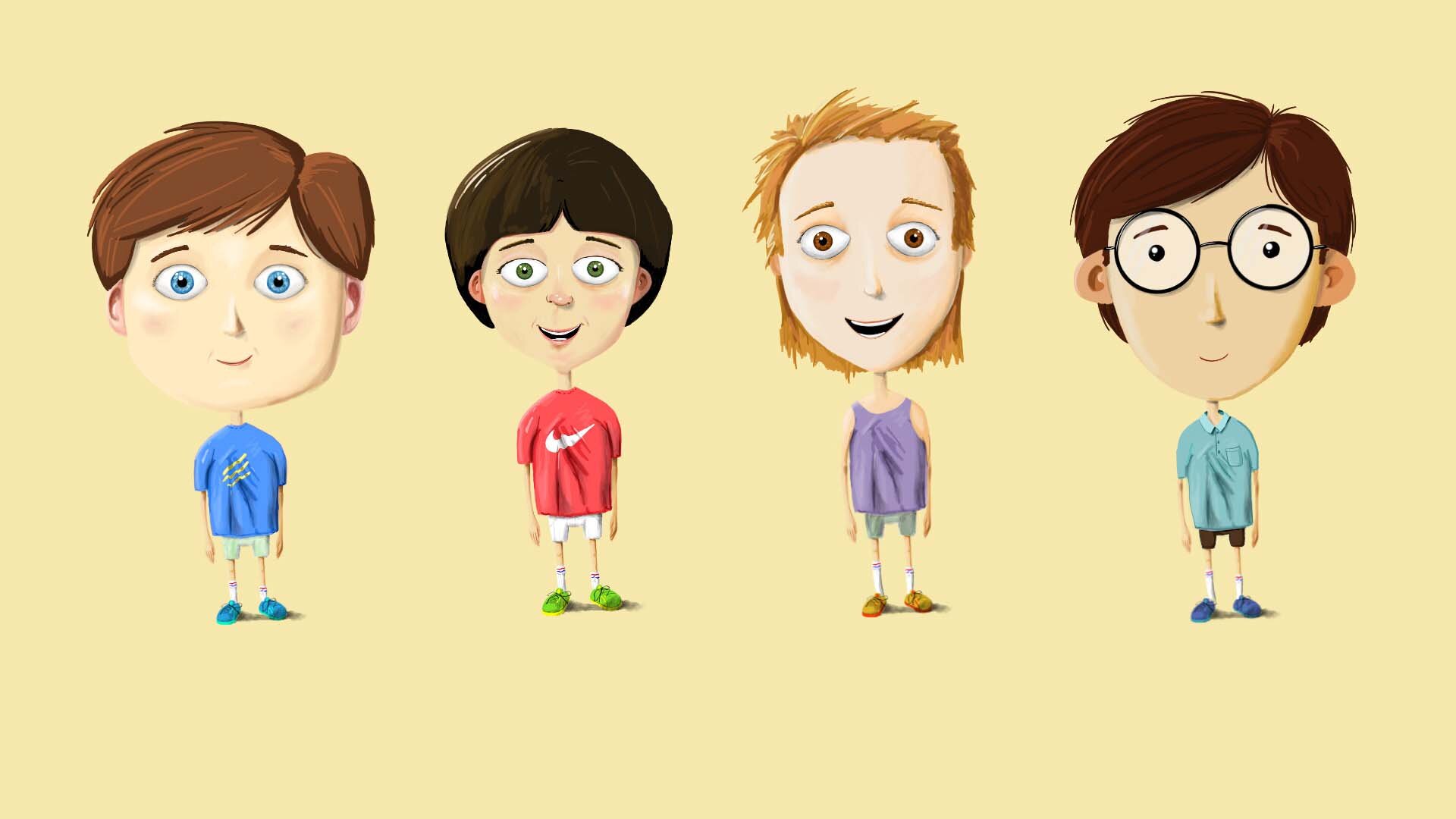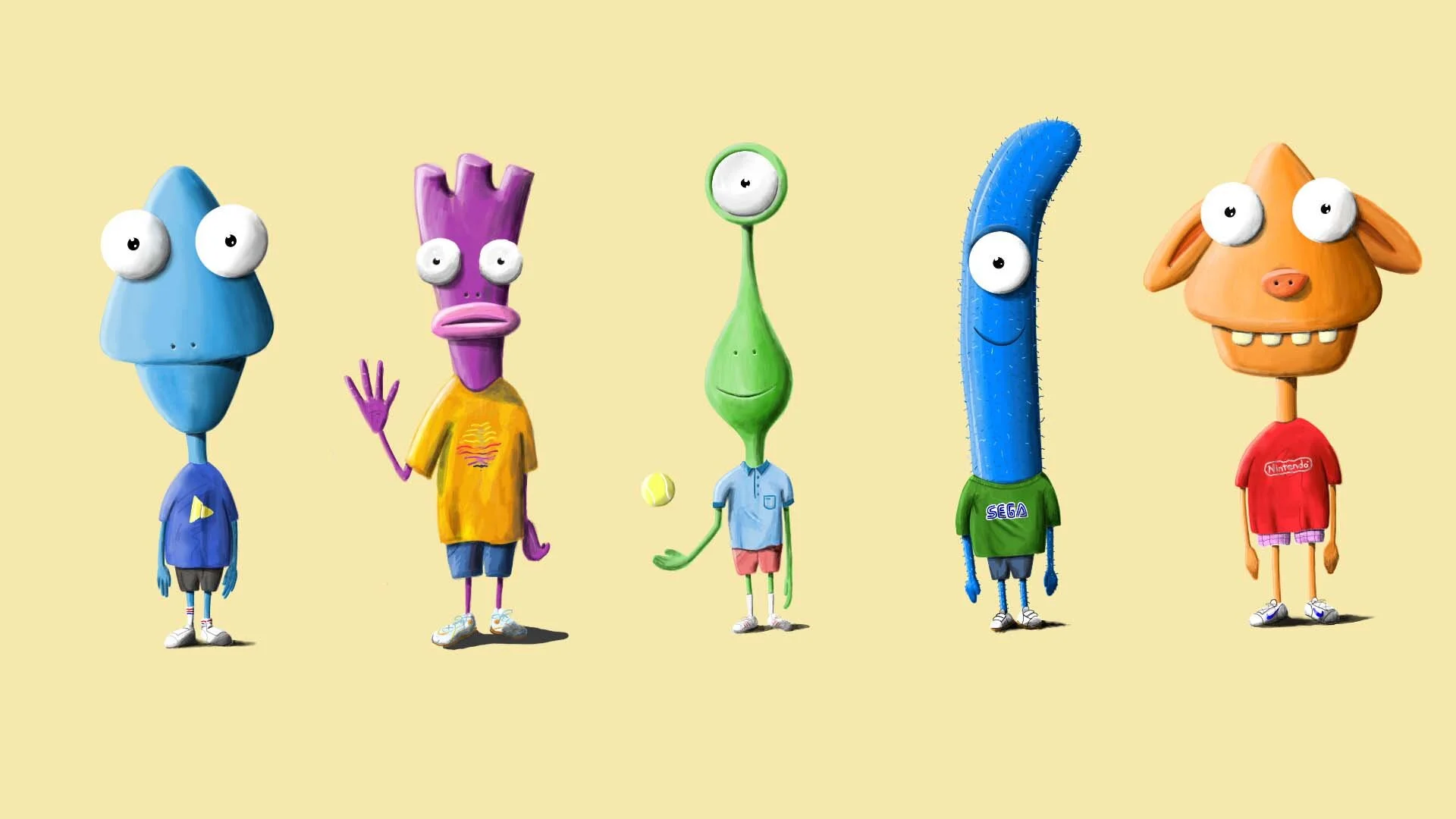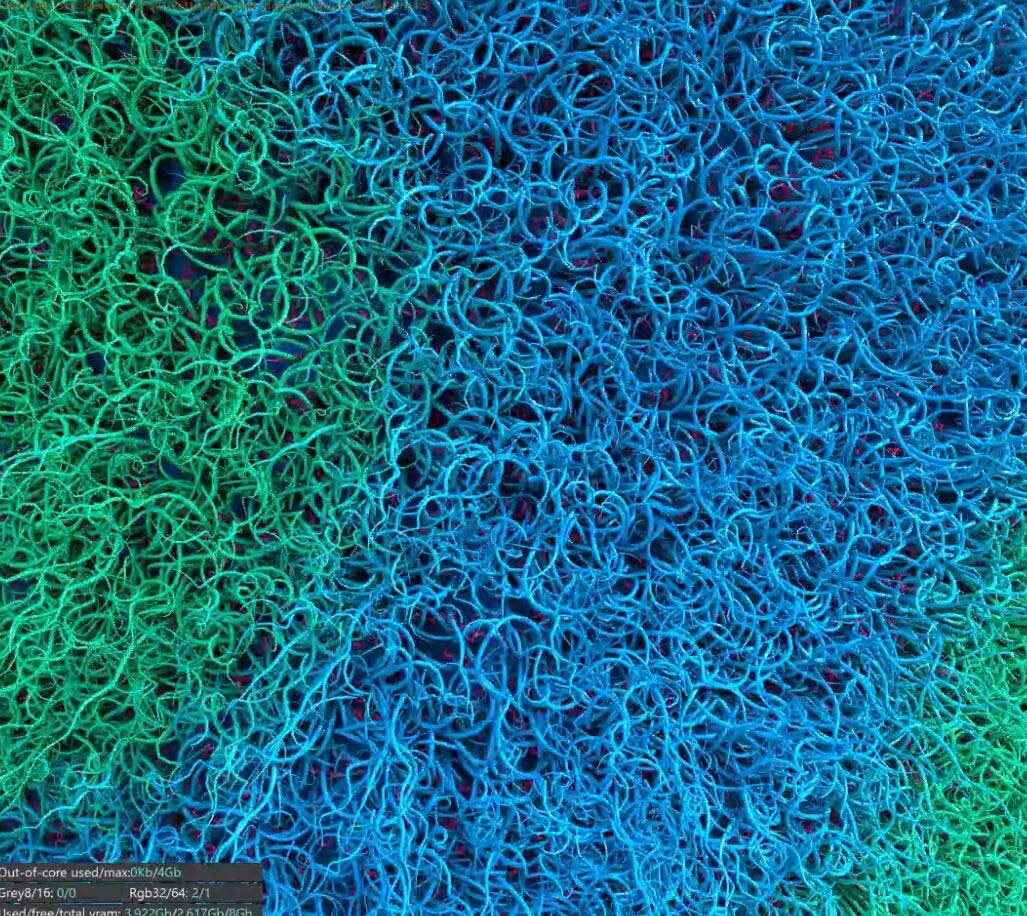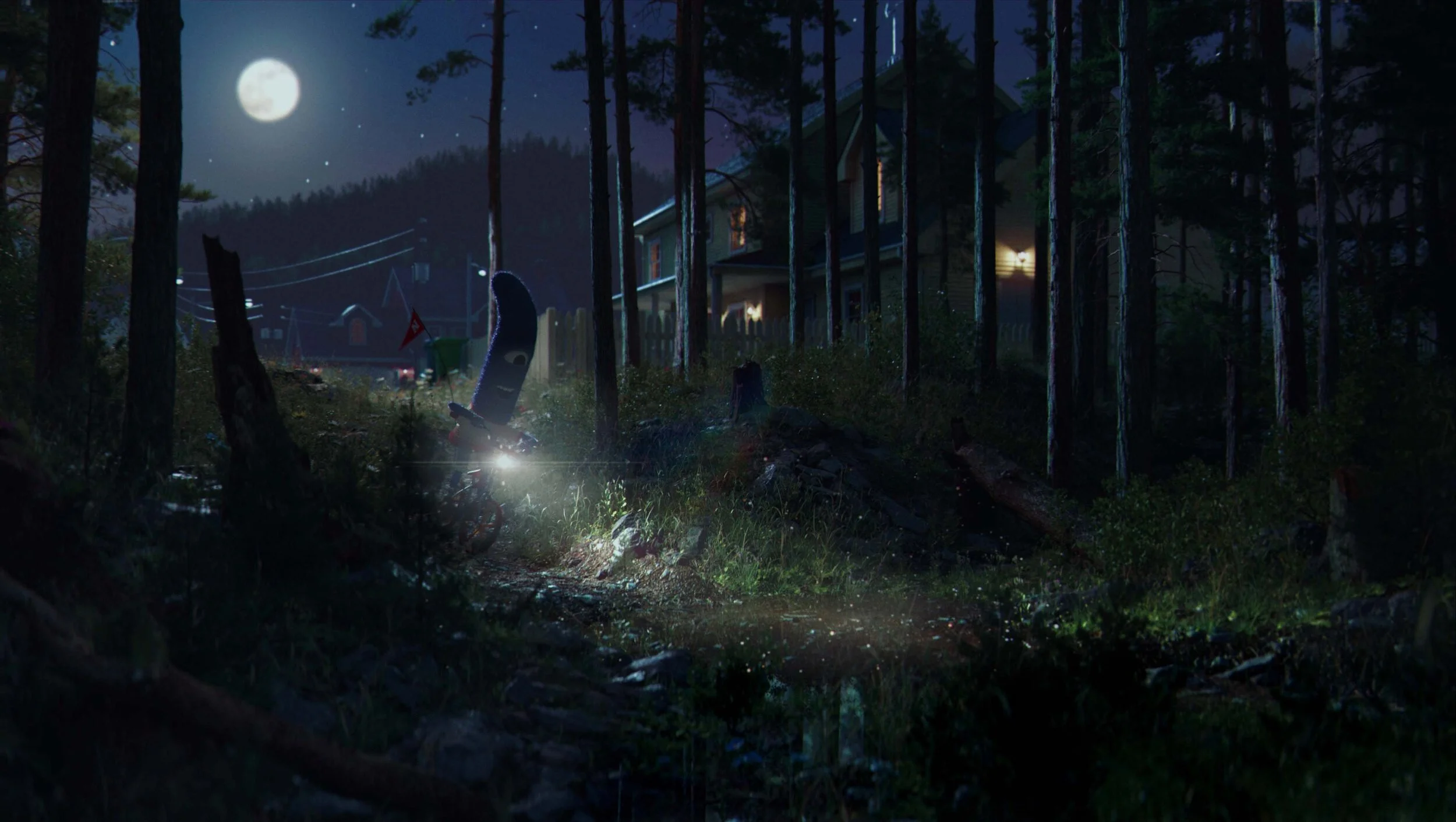Bicycle
After a day of playing Nintendo in his buddy’s basement, Jacob heads home for dinnertime. Bravely, he takes a shortcut through a dark forest with only the headlight on his BMX to guide him.
Bicycle is a proof of concept for a larger, original tale where Jacob’s imagination sees him encounter chases, explosions and obstacles fraught with danger on the path ahead. It explores hyperrealism in a fully CG environment whilst conveying a sense of nostalgia. This short animation and key image sets the tone for a hypothetical longer piece and also gives an indication of the level of art direction, animation and compositing capabilities we have here at Nomographic.
3D animation can be a great method to create engaging content for brands, as the possibilities are endless. From richly-detailed narratives to bite-sized product videos, it can be an effective way to stand out amongst the crowd.
Take a quick squiz below to explore our production pipeline...
Concept Art
Before diving into the building of any scenes or assets for an animation like this, we spend time in pre-production to explore the potential look and feel. We use reference material and create sketches and photo mock-ups to get an idea of the tone, mood and art direction. It also highlights the ambition which determines the scope and gives the team a unifying aesthetic to aim towards.
Character Design
We initially wanted a realistic human boy design, but after some time developing the concept we decided an alien-like character would be a bit more charming and unique, whilst lending an air of whimsical fantasy.
Once the design has been approved, we create a 3D version and finesse the proportions of the model until it feels at home in the environment. Hair, clothing systems and poses are explored to get a sense of what the character’s final look might be.
Animatic, Layout and Tests
After developing a storyboard and animatic, layout is the first part in building the 3D animation and giving it movement. It’s used to define the scale, position of props and overall blocking of the scene. It is very crude and uses primitive shapes to allow for rapid iterations. More often than not, hardly any of the final assets are used. However, it’s an essential step to get the action and timing right.


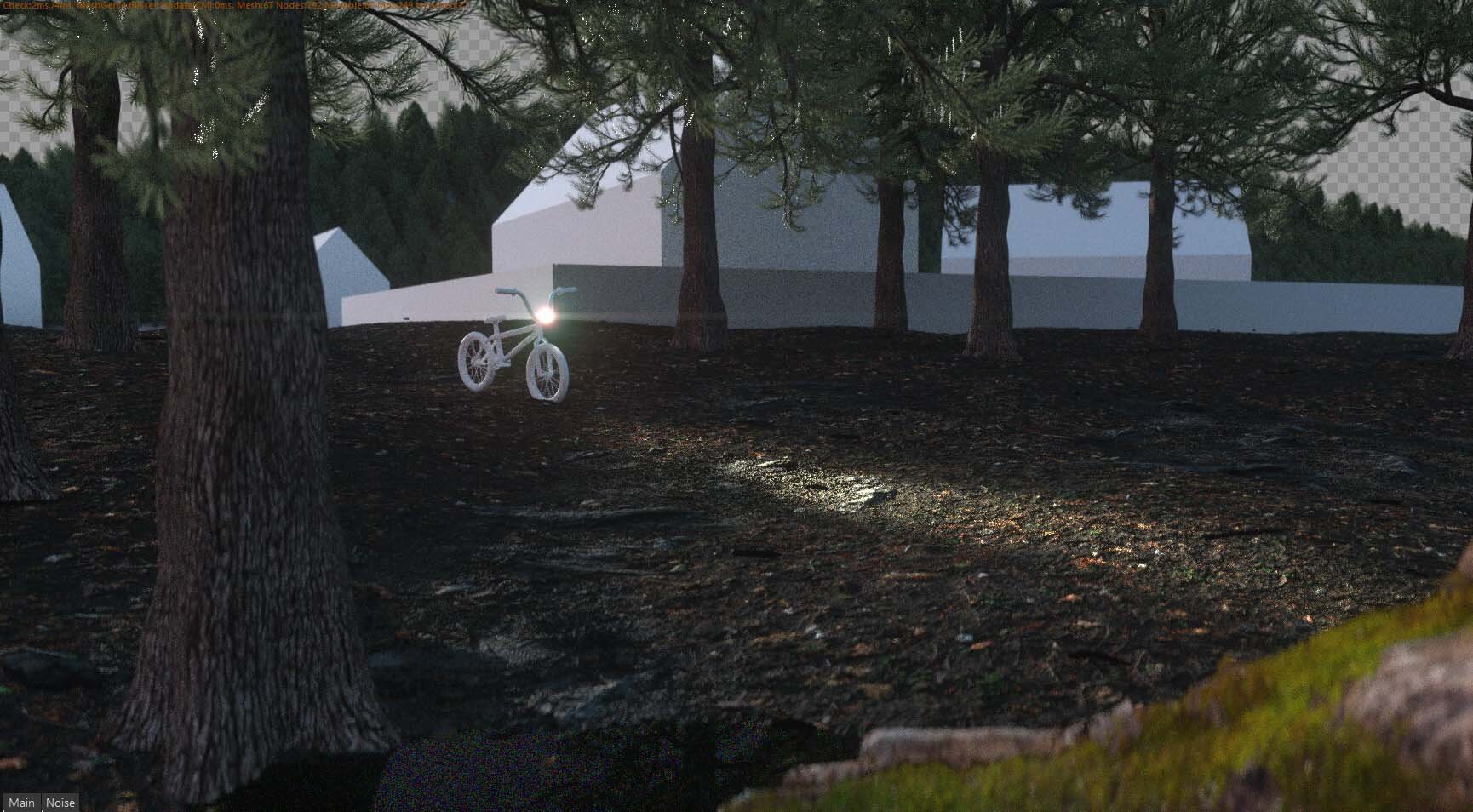


Asset Creation & Animation
Once we’re happy with the layout and pacing, we build the scene with detailed models and start animating what will end up being the final piece. This can be a very time-consuming part of the process as the placement of objects and props must serve the story, and every tiny movement—including the camera—has to be considered. Highly detailed models and PBR (Physically Based Rendering) materials are also very demanding on workstations and can slow down progress. Therefore, optimising the library of assets is essential for a speedy workflow.


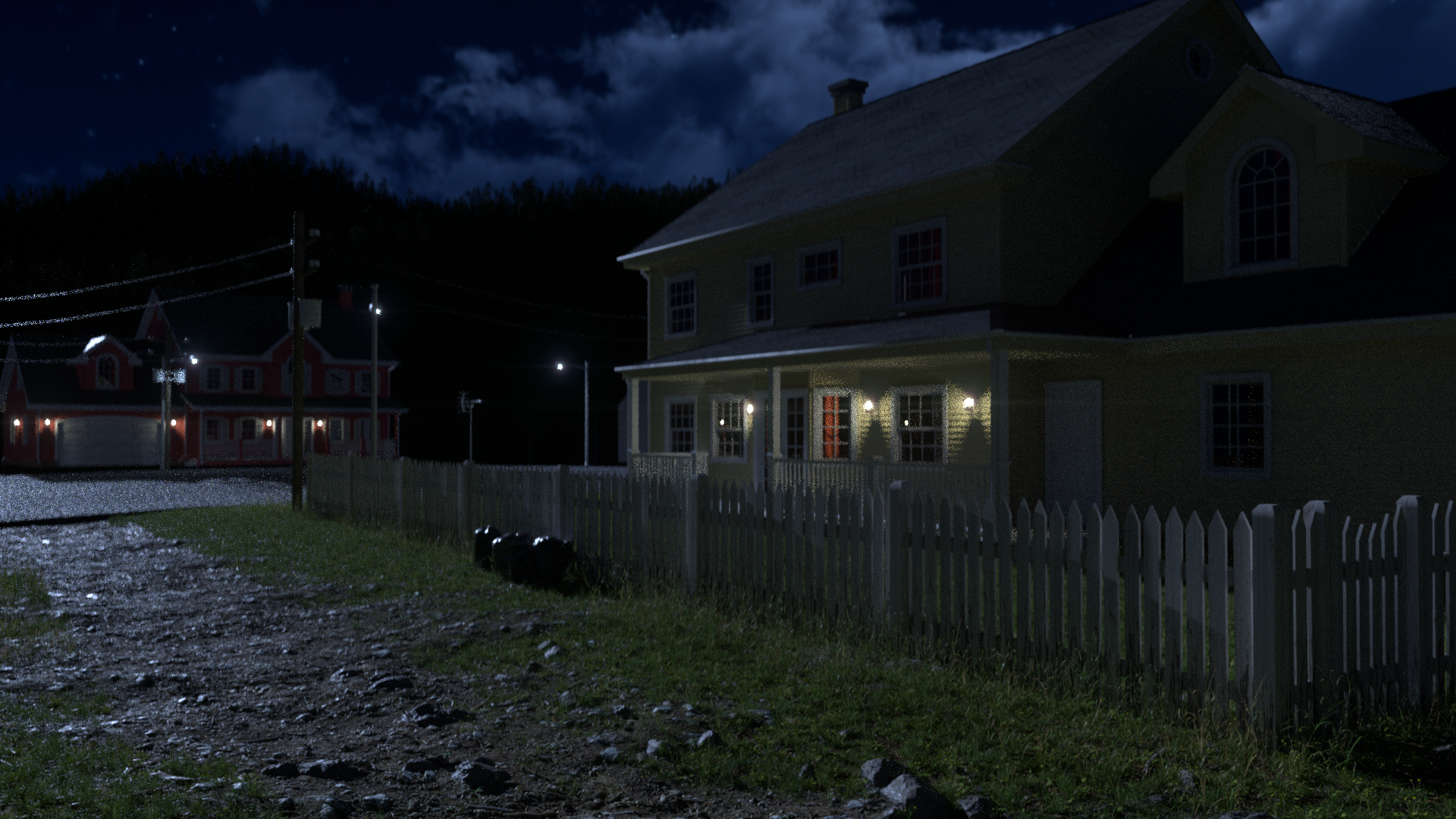
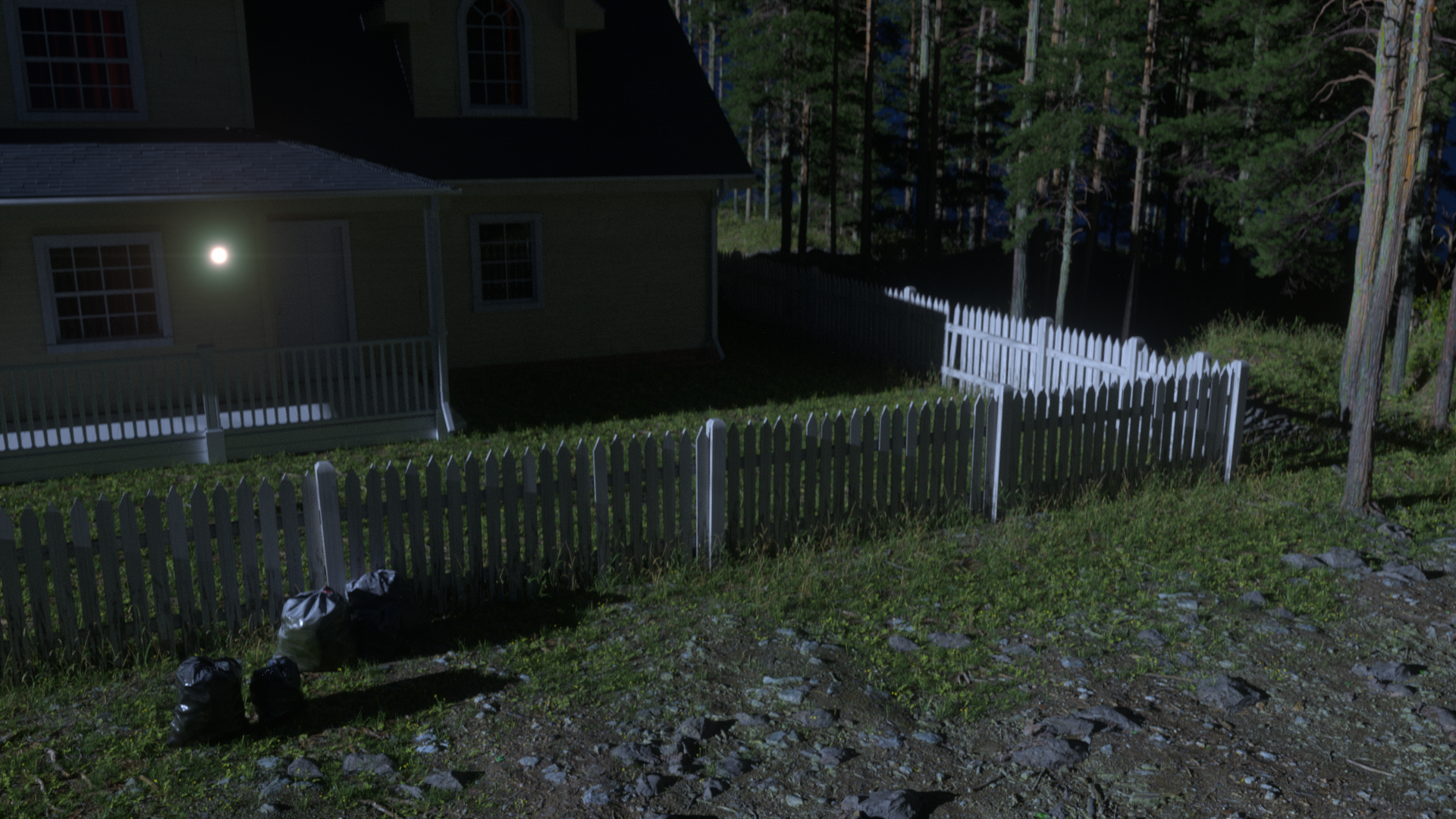
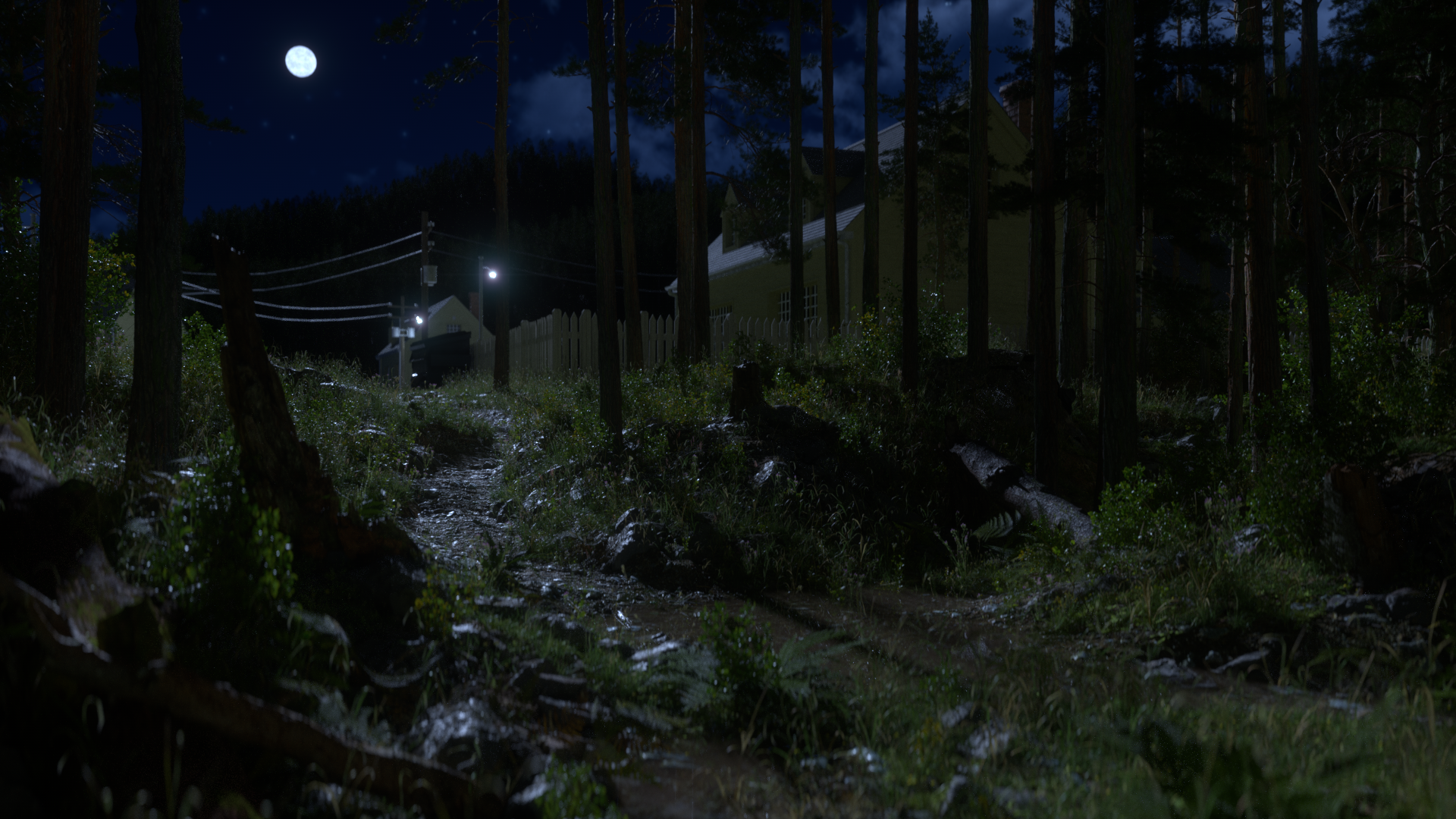
There are many steps that even a short “proof-of-concept” piece like this has to go through. However, these processes are essential to mitigate any surprises down the line and ensure a smooth production schedule. There are countless applications for realistic, character-led 3D animation as it can be a great way to tell a story, whether through an original narrative like Bicycle or by taking product and explainer videos to the next level.






